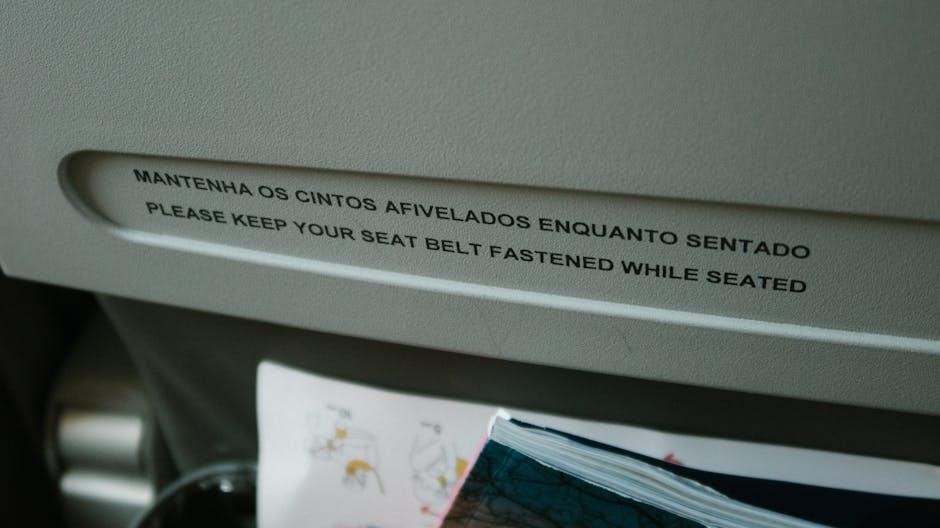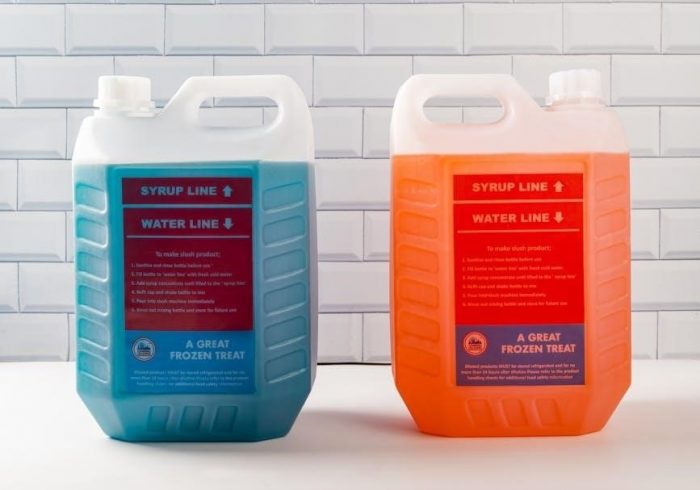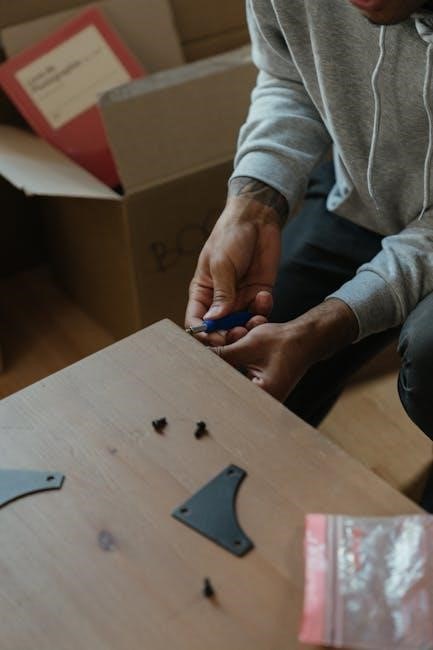Ergo 360 Instruction Manual: A Comprehensive Guide
Welcome to your comprehensive guide for the Ergobaby 360 carrier! This manual offers detailed instructions‚ safety precautions‚ and tips for comfortable babywearing. Whether you’re a new parent or experienced caregiver‚ we’ll help you confidently use your Ergobaby 360!
The Ergobaby 360 carrier is designed for comfort and convenience‚ offering parents a hands-free way to carry their babies. This versatile carrier supports multiple carrying positions‚ adapting to your child’s growth from infancy to toddlerhood. The Ergobaby 360 ensures an ergonomic “M-shape” position‚ crucial for healthy hip development.
This comprehensive guide will walk you through every aspect of the Ergobaby 360‚ from understanding weight and age recommendations to mastering different carrying positions. We’ll cover essential safety precautions‚ proper adjustments for comfort‚ and even cleaning and maintenance tips to keep your carrier in top condition. Discover how to use the infant insert for newborns and learn how to securely attach the waistbelt.
With its adjustable straps and ergonomic design‚ the Ergobaby 360 provides customized support for both the wearer and the child. This manual is your key to unlocking the full potential of your Ergobaby 360‚ ensuring a safe‚ comfortable‚ and enjoyable babywearing experience.
Safety Precautions
Prioritizing safety is paramount when using the Ergobaby 360 carrier. Before each use‚ inspect the carrier for any signs of wear and tear‚ such as loose seams or damaged buckles. Always ensure that all buckles and fasteners are securely closed before placing your baby in the carrier.
Be mindful of your baby’s positioning within the carrier. Ensure they are in an ergonomic “M-shape” position with their thighs supported and their spine in a natural C-shape. Never strap your baby too tightly against you‚ restricting their movement or breathing. For infants‚ provide adequate head and neck support‚ especially those under four months old or lacking strong head control.
When using the front outward carry position‚ be extra vigilant‚ as your baby’s airway is less visible. Avoid using this position for extended periods. Always be aware of your surroundings and avoid activities that could pose a risk to your baby while in the carrier. Remember‚ this manual is your guide‚ but your attentiveness is crucial for safe babywearing.
Weight and Age Recommendations
The Ergobaby 360 carrier is designed to safely and comfortably carry babies within a specific weight and age range. For infants weighing between 7 lbs (3.2 kg) and 12 lbs (5.5 kg)‚ the Ergobaby Infant Insert is required. These infants must be carried in the front inward-facing carry position to ensure proper support and safety.
Once your baby weighs more than 12 lbs (5.5 kg) and has demonstrated strong and consistent head and neck control‚ typically around 4 months of age‚ you can use the carrier without the Infant Insert; The carrier can accommodate children up to 48 months of age.
Remember that age guidelines are general recommendations‚ and each baby’s development is unique. Always prioritize your baby’s comfort and safety. If your baby seems uncomfortable or does not meet the developmental milestones for a particular carry position‚ discontinue use and consult the Ergobaby website or customer support.
Carrying Positions: An Overview
The Ergobaby 360 carrier offers four ergonomic carrying positions to suit your and your baby’s needs as they grow. Each position provides a comfortable and secure way to carry your child while keeping them close.
The available positions are: Front Inward Carry‚ ideal for newborns and younger infants needing close contact; Front Outward Carry‚ allowing older babies with head control to explore their surroundings; Hip Carry‚ providing a convenient option for quick ups and downs; and Back Carry‚ best suited for older babies and toddlers‚ distributing weight evenly for longer periods.
Before attempting any carry position‚ ensure you are familiar with the carrier’s adjustments and safety guidelines. Always check that your baby is correctly positioned with proper support for their head‚ neck‚ and hips. The “M” shaped leg position is crucial for healthy hip development. Adjust the carrier to be snug but not too tight‚ allowing for free movement.
Front Inward Carry
The Front Inward Carry‚ is a cozy and comforting position‚ perfect for newborns and younger infants who need the security of being close to their caregiver. This position allows for easy monitoring of your baby and facilitates bonding.
To begin‚ securely attach the waistbelt and position it comfortably on your waist. Next‚ hold your baby facing you and carefully position them inside the carrier‚ ensuring their legs are in the “M” shape‚ with knees higher than their bottom. The carrier panel should support their back up to their neck. Fasten the shoulder straps‚ adjusting for a snug but not too tight fit. Ensure you can slip a hand between your baby and the carrier.
For newborns or infants without strong head control‚ use the Ergobaby Infant Insert to provide additional head and neck support. Always monitor your baby’s breathing and ensure their face is visible and not pressed against the carrier fabric. The Front Inward Carry is ideal for babies between 7 lbs (3.2 kg) and 12 lbs (5.5 kg) when used with the Infant Insert.
Front Outward Carry
The Front Outward Carry allows your baby to explore the world‚ while remaining securely attached to you. This position is suitable for babies who have strong head and neck control‚ typically around 5-6 months of age. It provides a new perspective for your baby‚ stimulating their curiosity.
To use this position‚ start by securely fastening the waistbelt. Position the carrier in front of you‚ and carefully place your baby inside‚ facing outward. Ensure their legs are properly positioned‚ with knees bent and hips supported. Adjust the carrier panel to support their back‚ typically to mid-back level.
Secure the shoulder straps‚ ensuring a snug but comfortable fit. Monitor your baby closely while in this position‚ as they can easily become overstimulated. Limit the duration of the Front Outward Carry to shorter periods‚ especially initially‚ to prevent discomfort for both you and your baby.
Always be mindful of your baby’s cues and switch back to the Front Inward Carry if they seem tired or overwhelmed. This position is recommended for babies who can sit independently and maintain head control.
Hip Carry
The Hip Carry position offers a convenient way to carry your baby‚ allowing them a good view of their surroundings while distributing weight comfortably on your hip. This carry is typically suitable for babies around 6 months and older‚ who have good head and neck control.
To begin‚ position the Ergobaby 360 carrier slightly off-center on your waist‚ with the waistband buckle securely fastened. Hold your baby on your hip‚ ensuring their legs straddle your body. Bring the carrier panel around your baby‚ positioning it to support their back.
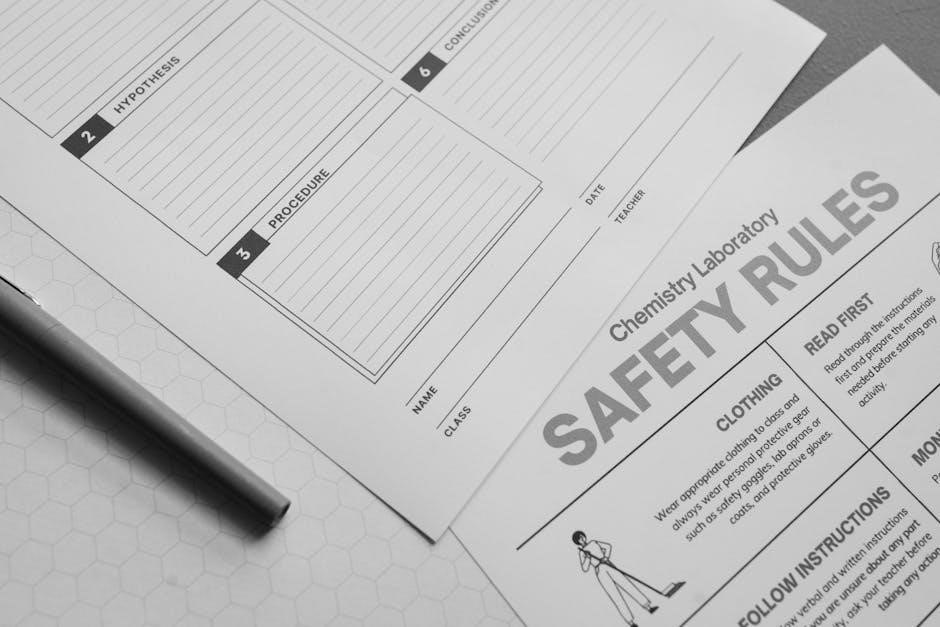
Attach one shoulder strap‚ then carefully swing your baby around to your hip‚ securing the other shoulder strap. Adjust the straps to ensure a snug and comfortable fit‚ distributing your baby’s weight evenly. Make sure your baby’s spine is supported and their knees are higher than their bottom‚ maintaining an “M” shape.
Regularly check your baby’s position and comfort‚ ensuring they have adequate support and can breathe freely. The Hip Carry offers easy access and interaction with your baby‚ making it a practical choice for older infants and toddlers.
Back Carry
The Back Carry position is ideal for older babies and toddlers‚ offering parents greater freedom of movement while keeping their child close. This position is typically suitable for babies who are at least 6 months old and have strong head and neck control.
To begin‚ securely fasten the Ergobaby 360 waistbelt around your waist. There are two methods for getting your baby into the back carry position: the “hip scootch” or the “over the top” method. The “hip scootch” involves positioning the carrier on your hip and then carefully scootching your baby around to your back.
The “over the top” method involves carefully lifting your baby over your shoulder and onto your back‚ ensuring they are securely positioned in the carrier. Once your baby is on your back‚ bring the shoulder straps over your shoulders‚ adjusting them for a snug and comfortable fit.
Ensure your baby’s weight is evenly distributed and their spine is supported. Regularly check your baby’s position to ensure they are comfortable and breathing freely. The Back Carry position allows you to tackle tasks while keeping your child content and secure.

Using the Infant Insert
The Ergobaby Infant Insert is essential for safely and comfortably carrying newborns and smaller infants within the Ergobaby 360 carrier. Specifically designed for babies weighing between 7 and 12 pounds‚ the insert provides crucial head and neck support.
Before using the insert‚ ensure it is correctly positioned inside the carrier. Place the insert on the seat of the carrier‚ ensuring the bottom cushion is securely in place. When positioning your baby within the insert‚ ensure their hips are correctly aligned in an “M” shape‚ with their knees higher than their bottom.

This ergonomic position supports healthy hip development. The insert should support your baby up to the mid-ear level‚ providing adequate head and neck support. Always monitor your baby’s breathing and positioning while using the insert.
The Infant Insert is designed for use in the front inward carry position only. As your baby grows and gains better head and neck control‚ typically around 4 months or when they weigh more than 12 pounds‚ you can transition to using the carrier without the insert. Regularly check the fit and comfort to ensure optimal safety and support for your growing infant.
Adjusting the Carrier for Comfort
Achieving a comfortable fit with your Ergobaby 360 carrier is essential for both you and your baby. Proper adjustments distribute weight evenly‚ preventing strain and ensuring your baby is secure and supported. Start by adjusting the waistbelt. It should sit snugly around your waist‚ ideally at your natural waistline.
Next‚ adjust the shoulder straps. Tighten or loosen them to bring your baby close to your body‚ ensuring their head is close enough to kiss. The chest strap should sit comfortably across your back‚ preventing the shoulder straps from slipping.
For optimal comfort‚ ensure your baby is positioned correctly in the carrier. Their weight should be evenly distributed‚ with their hips in an “M” shape and their spine naturally curved. Regularly check that the carrier isn’t too tight or too loose‚ allowing your baby to move comfortably while remaining secure.
If you’re using the carrier for extended periods‚ take breaks to readjust and alleviate any pressure points. Experiment with different strap positions to find what works best for your body type. A well-adjusted carrier makes babywearing a joyful and comfortable experience for both of you.
Waistbelt Attachment
Proper waistbelt attachment is crucial for safe and comfortable babywearing with the Ergobaby 360. Begin by centering the waistbelt at your natural waistline. For most adults‚ this is typically located between the hips and lower ribs. Ensure the padded section of the waistbelt is positioned comfortably against your abdomen.
Wrap the waistbelt around your waist and fasten the buckle securely. Listen for an audible click‚ indicating that the buckle is properly engaged. Once fastened‚ tighten the waistbelt straps on both sides to achieve a snug and supportive fit. The waistbelt should feel firm but not overly tight‚ allowing you to breathe comfortably.
Adjust the position of the waistbelt as needed to distribute your baby’s weight evenly. A properly fitted waistbelt transfers the majority of your baby’s weight to your hips‚ reducing strain on your back and shoulders. Periodically check the waistbelt throughout your babywearing session to ensure it remains securely fastened and comfortably adjusted.
If you experience any discomfort‚ loosen the waistbelt slightly and reposition it for a better fit. Remember‚ a secure and well-adjusted waistbelt is essential for a safe and enjoyable babywearing experience.
Cleaning and Maintenance
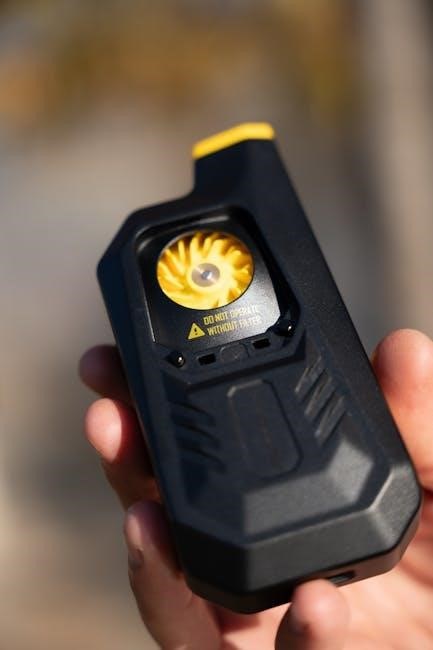
To keep your Ergobaby 360 carrier clean and in good working order‚ regular cleaning and maintenance are essential. For minor stains or spills‚ spot clean the carrier with a damp cloth and mild detergent. Avoid using harsh chemicals‚ bleach‚ or abrasive cleaners‚ as these can damage the fabric and compromise the carrier’s integrity.
For more thorough cleaning‚ the Ergobaby 360 carrier is machine washable. Before washing‚ be sure to remove the infant insert (if applicable) and fasten all buckles and straps to prevent them from snagging or tangling. Place the carrier in a mesh laundry bag to protect it from excessive wear and tear during the wash cycle.
Wash the carrier in cold water on a gentle cycle with a mild detergent. Avoid using fabric softeners‚ as they can leave a residue that affects the carrier’s breathability. After washing‚ remove the carrier from the laundry bag and line dry or tumble dry on low heat. Do not iron the carrier.
Regularly inspect the carrier for any signs of damage‚ such as frayed straps‚ loose stitching‚ or broken buckles. If you notice any damage‚ discontinue use and contact Ergobaby customer service for assistance. Proper cleaning and maintenance will help extend the life of your Ergobaby 360 carrier and ensure your baby’s safety and comfort.
Warranty Information and Customer Support
Ergobaby stands behind the quality of its products‚ including the Ergo 360 carrier. The Ergo 360 carrier typically comes with a limited warranty that covers manufacturing defects in materials and workmanship. The warranty period may vary depending on the region and specific product purchased‚ so it’s essential to review the warranty information included with your carrier.
The warranty does not cover damage caused by misuse‚ neglect‚ accidents‚ normal wear and tear‚ or failure to follow the care instructions. To make a warranty claim‚ you’ll typically need to provide proof of purchase‚ such as a receipt or order confirmation‚ and a description of the defect.
If you have any questions or concerns about your Ergo 360 carrier‚ or if you need assistance with a warranty claim‚ Ergobaby customer support is available to help. You can contact customer support through the Ergobaby website‚ by phone‚ or by email. The customer support team can provide guidance on troubleshooting issues‚ product care‚ and warranty procedures.
Ergobaby is committed to providing excellent customer service and ensuring that you are satisfied with your Ergo 360 carrier. Don’t hesitate to reach out to customer support if you need assistance.
